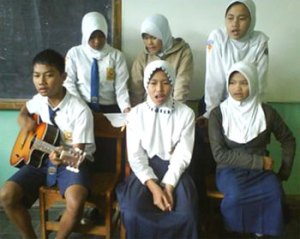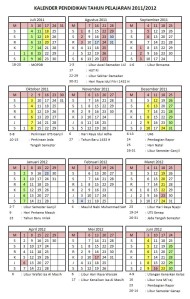Student learning is influenced most directly by schoolroom conditions that area unit a results of state, district and faculty conditions, moreover as individual teacher preferences, capacities and motivations. Summarized during this section is proof to counsel that a minimum of eight areas of schoolroom policies and practices warrant the eye of leaders attending to improve student learning. These policies and practices embody chance to be told, class size, teaching hundreds, teaching subjects within which lecturers have formal preparation, schoolwork practices, schoolroom student grouping practices and programmed and instruction.
Class Size
By now, there's very little discussion within the analysis community over the contributions to student learning of smaller school category sizes. analysis on the matter is voluminous and continued to grow at a quick rate. This body of proof includes individual empirical studies, in addition nearly as good quality reviews of analysis.
Class size analysis suggests that reductions from a typical twenty two to thirty student category, to associate or so fifteen student category have the potential to considerably increase student accomplishment, providing appropriate changes ar created in teacher practices that make the most of fewer students. proof regarding category size effects not solely identifies optimum sizes, it additionally suggests that the best edges of reducing category size ar found within the initial 2 years of schooling once amid applicable diversifications to instruction (e.g., Finn, 2001). These edges ar most useful for college students United Nations agency ar socially and economically underprivileged. the consequences complete by smaller categories within the primary grades seem to be maintained even 3 or four years later.





